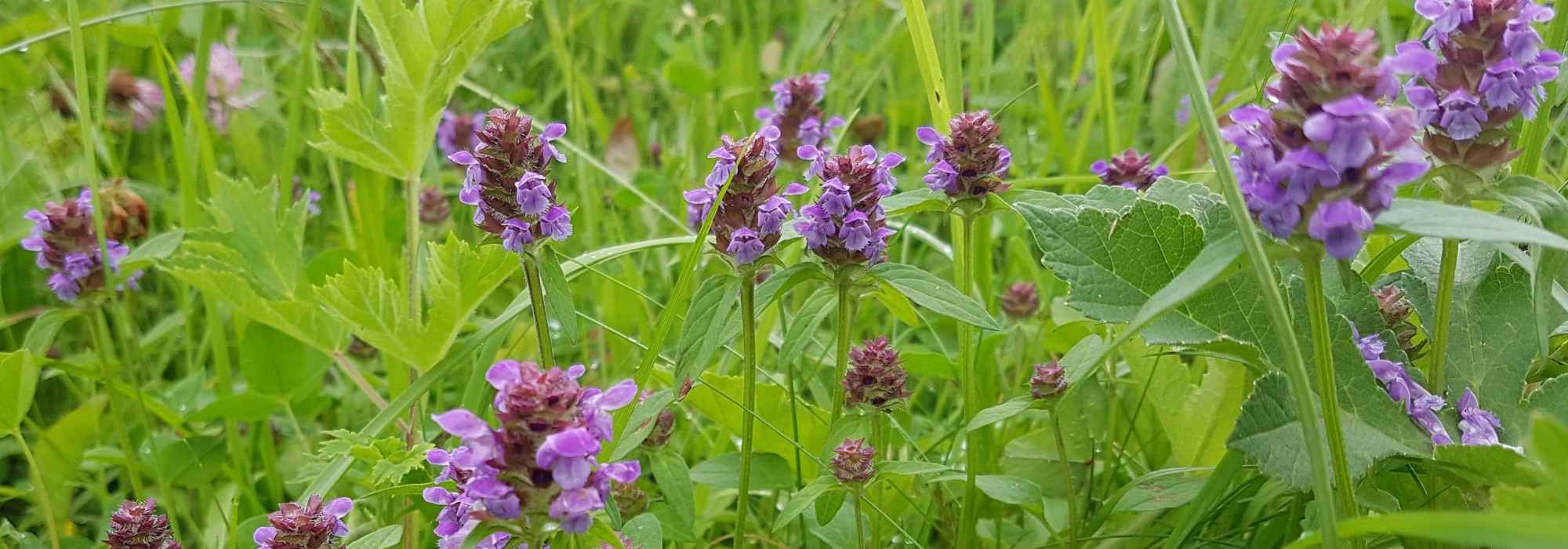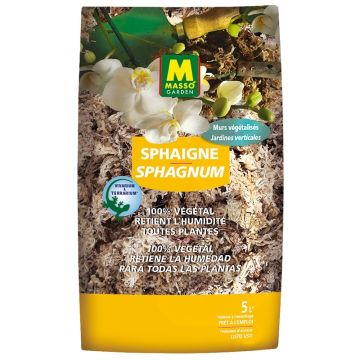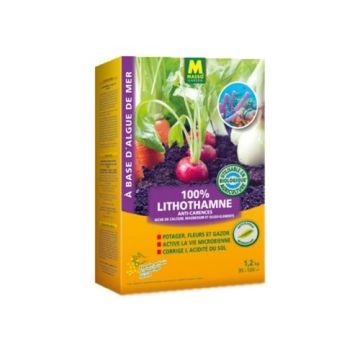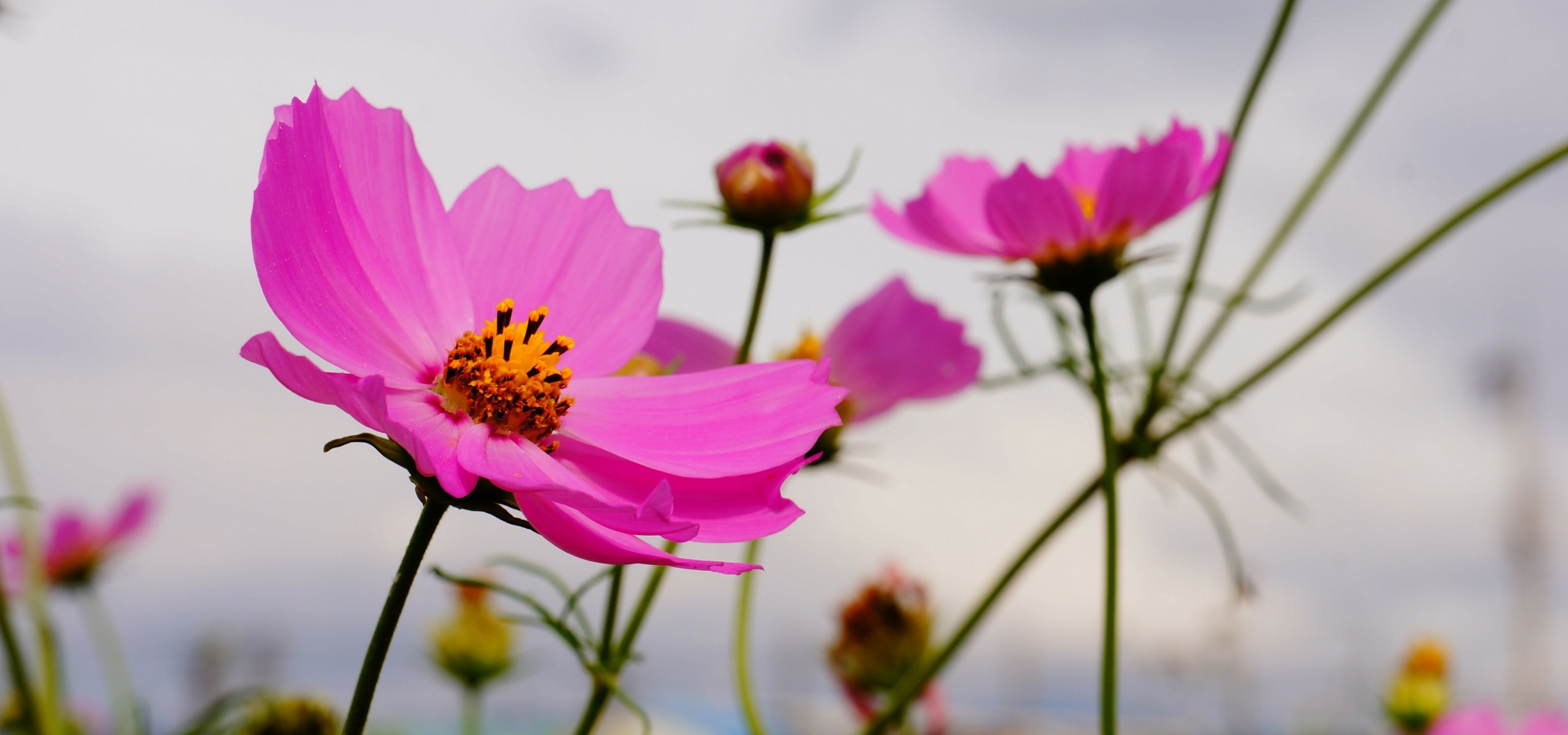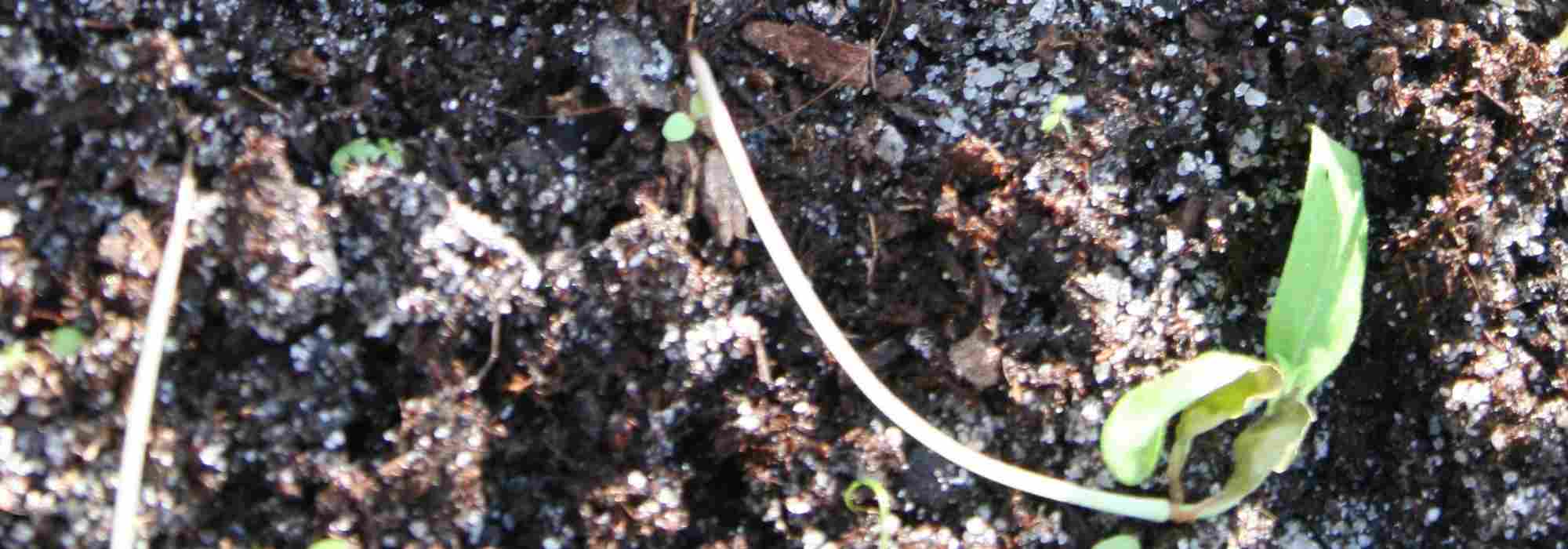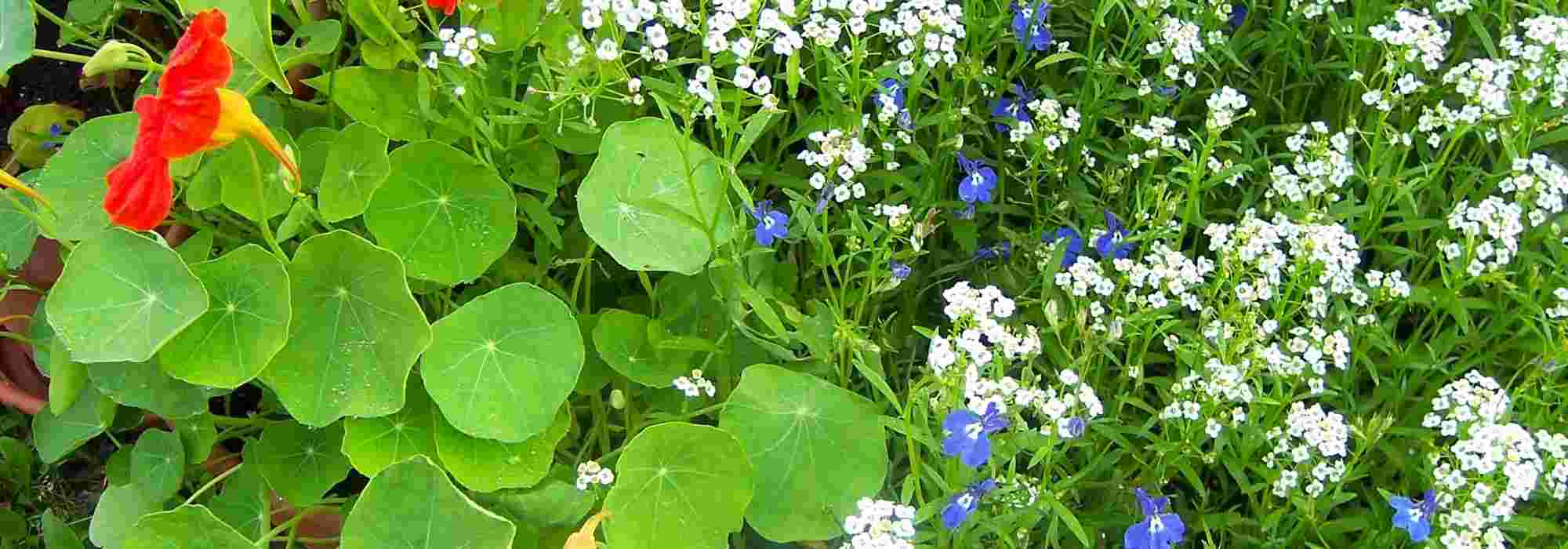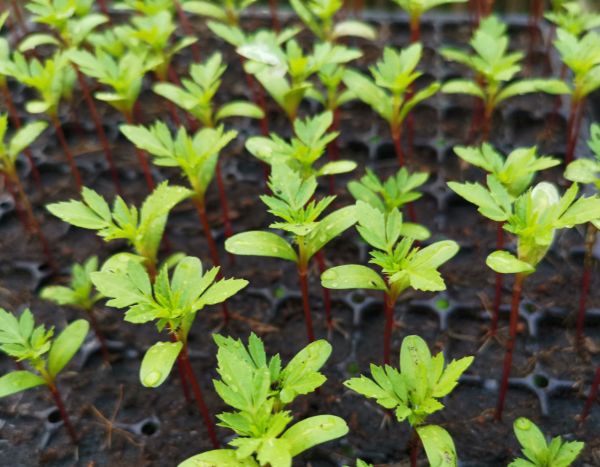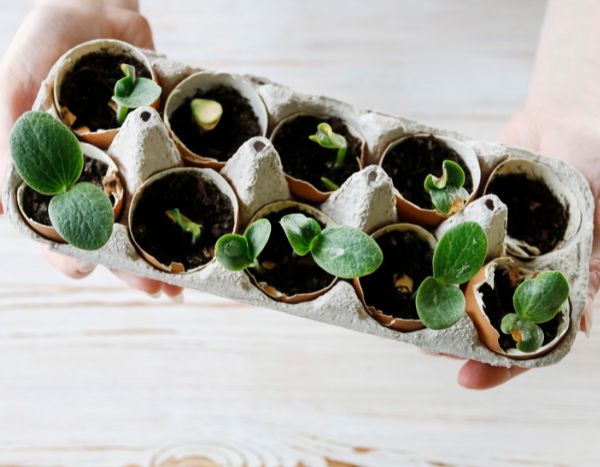

Prunella vulgaris seeds - Self-heal
Prunella vulgaris seeds - Self-heal
Prunella vulgaris
Common Self-heal, Heal-all
Special offer!
Receive a €20 voucher for any order over €90 (excluding delivery costs, credit notes, and plastic-free options)!
1- Add your favorite plants to your cart.
2- Once you have reached €90, confirm your order (you can even choose the delivery date!).
3- As soon as your order is shipped, you will receive an email containing your voucher code, valid for 3 months (90 days).
Your voucher is unique and can only be used once, for any order with a minimum value of €20, excluding delivery costs.
Can be combined with other current offers, non-divisible and non-refundable.
Home or relay delivery (depending on size and destination)
Schedule delivery date,
and select date in basket
This plant carries a 6 months recovery warranty
More information
We guarantee the quality of our plants for a full growing cycle, and will replace at our expense any plant that fails to recover under normal climatic and planting conditions.
Would this plant suit my garden?
Set up your Plantfit profile →
Description
Common Selfheal (Prunella vulgaris) is a native perennial plant possessing the charm of wildflowers and their ecological usefulness. Adorned with pretty violet-blue spikes from early summer, it forms a dense, slightly creeping groundcover that is non-invasive. This hardy and undemanding, medicinal and nectar-rich plant naturally finds a place in flowering meadows or lightly trodden pathways. Discreetly decorative, it will appeal to enthusiasts of natural gardening.
Prunella vulgaris, Common Selfheal, is a herbaceous perennial belonging to the Lamiaceae family. It is widely distributed throughout the northern hemisphere, from temperate Europe to Asia, North Africa and North America. This species is found naturally in varied habitats such as meadows, lawns, roadsides or clearings, often on fresh to moderately dry, well-drained soils with a neutral to slightly acidic pH, but it also tolerates calcareous soils. The foliage is semi-evergreen in winter and forms a base of dense rosettes. The plant spreads via horizontal stems that root at the nodes. These stems give rise to upright flowering stems 10 to 30 cm high, sometimes more, topped with compact spikes composed of violet-blue two-lipped flowers, frequently accompanied by bracts tinged with purple. The flowering is very attractive to pollinators and extends from June to September, sometimes until October, depending on conditions. The flowers are pollinated mainly by bees and butterflies. Each inflorescence is then followed by achenes containing the seeds.
This species has a spreading habit and relatively rapid growth; it colonises space without being aggressive, making it ideal for flowering meadows and natural gardens. It is very hardy, withstanding -20 °C, and tolerates light to moderate treading. It requires little maintenance and can self-seed spontaneously.
Discreet but essential, Common Selfheal integrates into naturalistic style gardens, flowering meadows or slightly wild borders. It makes an excellent groundcover at the foot of deciduous trees, along paths or in grassy walkways. Mixed with the common daisy (Leucanthemum vulgare), Knautia arvensis or field scabious and wild bellflowers, it creates a rustic display while supporting biodiversity. Placed as a carpet plant within a nectar-rich meadow or as a companion to medicinal plants in a herb garden, it will reveal its full potential.
Flowering
Foliage
Plant habit
Botanical data
Prunella
vulgaris
Lamiaceae
Common Self-heal, Heal-all
Prunella fischeriana
Western Europe, Northern Europe, Central Europe, Eastern Europe, Southern Europe, North Africa, West Asia, North America
Planting and care
You can sow Prunella vulgaris in trays between February and April, at room temperature (15–20 °C), in a light, finely sieved substrate kept moist but not waterlogged.
As the seeds naturally have slight dormancy, germination can be slow and irregular, taking from 2 to 4 weeks, sometimes longer. To improve this process, you can perform cold stratification: this involves exposing the seeds to cold, damp conditions for 2 to 4 weeks (by placing them in a mixture of damp sand in the refrigerator, around 4 °C), to mimic natural winter conditions and trigger germination.
Once sprouted, prick the young seedlings out into pots, then plant out in the open ground after the last frosts, spacing them about 25 cm apart.
Direct sowing is also possible in situ in spring or autumn, in a weeded, loosened, and lightly firmed soil.
Selfheal is undemanding; it prefers fresh to moderately dry, well-drained soils, in sun or partial shade, and tolerates both calcareous and acidic soils. It requires little maintenance, adapts to various conditions, and may self-seed spontaneously. It can also be divided every two to three years to propagate or rejuvenate clumps.
Sowing period
Intended location
Planting & care advice
This item has not been reviewed yet - be the first to leave a review about it.
Haven't found what you were looking for?
Hardiness is the lowest winter temperature a plant can endure without suffering serious damage or even dying. However, hardiness is affected by location (a sheltered area, such as a patio), protection (winter cover) and soil type (hardiness is improved by well-drained soil).

Photo Sharing Terms & Conditions
In order to encourage gardeners to interact and share their experiences, Promesse de fleurs offers various media enabling content to be uploaded onto its Site - in particular via the ‘Photo sharing’ module.
The User agrees to refrain from:
- Posting any content that is illegal, prejudicial, insulting, racist, inciteful to hatred, revisionist, contrary to public decency, that infringes on privacy or on the privacy rights of third parties, in particular the publicity rights of persons and goods, intellectual property rights, or the right to privacy.
- Submitting content on behalf of a third party;
- Impersonate the identity of a third party and/or publish any personal information about a third party;
In general, the User undertakes to refrain from any unethical behaviour.
All Content (in particular text, comments, files, images, photos, videos, creative works, etc.), which may be subject to property or intellectual property rights, image or other private rights, shall remain the property of the User, subject to the limited rights granted by the terms of the licence granted by Promesse de fleurs as stated below. Users are at liberty to publish or not to publish such Content on the Site, notably via the ‘Photo Sharing’ facility, and accept that this Content shall be made public and freely accessible, notably on the Internet.
Users further acknowledge, undertake to have ,and guarantee that they hold all necessary rights and permissions to publish such material on the Site, in particular with regard to the legislation in force pertaining to any privacy, property, intellectual property, image, or contractual rights, or rights of any other nature. By publishing such Content on the Site, Users acknowledge accepting full liability as publishers of the Content within the meaning of the law, and grant Promesse de fleurs, free of charge, an inclusive, worldwide licence for the said Content for the entire duration of its publication, including all reproduction, representation, up/downloading, displaying, performing, transmission, and storage rights.
Users also grant permission for their name to be linked to the Content and accept that this link may not always be made available.
By engaging in posting material, Users consent to their Content becoming automatically accessible on the Internet, in particular on other sites and/or blogs and/or web pages of the Promesse de fleurs site, including in particular social pages and the Promesse de fleurs catalogue.
Users may secure the removal of entrusted content free of charge by issuing a simple request via our contact form.
The flowering period indicated on our website applies to countries and regions located in USDA zone 8 (France, the United Kingdom, Ireland, the Netherlands, etc.)
It will vary according to where you live:
- In zones 9 to 10 (Italy, Spain, Greece, etc.), flowering will occur about 2 to 4 weeks earlier.
- In zones 6 to 7 (Germany, Poland, Slovenia, and lower mountainous regions), flowering will be delayed by 2 to 3 weeks.
- In zone 5 (Central Europe, Scandinavia), blooming will be delayed by 3 to 5 weeks.
In temperate climates, pruning of spring-flowering shrubs (forsythia, spireas, etc.) should be done just after flowering.
Pruning of summer-flowering shrubs (Indian Lilac, Perovskia, etc.) can be done in winter or spring.
In cold regions as well as with frost-sensitive plants, avoid pruning too early when severe frosts may still occur.
The planting period indicated on our website applies to countries and regions located in USDA zone 8 (France, United Kingdom, Ireland, Netherlands).
It will vary according to where you live:
- In Mediterranean zones (Marseille, Madrid, Milan, etc.), autumn and winter are the best planting periods.
- In continental zones (Strasbourg, Munich, Vienna, etc.), delay planting by 2 to 3 weeks in spring and bring it forward by 2 to 4 weeks in autumn.
- In mountainous regions (the Alps, Pyrenees, Carpathians, etc.), it is best to plant in late spring (May-June) or late summer (August-September).
The harvesting period indicated on our website applies to countries and regions in USDA zone 8 (France, England, Ireland, the Netherlands).
In colder areas (Scandinavia, Poland, Austria...) fruit and vegetable harvests are likely to be delayed by 3-4 weeks.
In warmer areas (Italy, Spain, Greece, etc.), harvesting will probably take place earlier, depending on weather conditions.
The sowing periods indicated on our website apply to countries and regions within USDA Zone 8 (France, UK, Ireland, Netherlands).
In colder areas (Scandinavia, Poland, Austria...), delay any outdoor sowing by 3-4 weeks, or sow under glass.
In warmer climes (Italy, Spain, Greece, etc.), bring outdoor sowing forward by a few weeks.






























